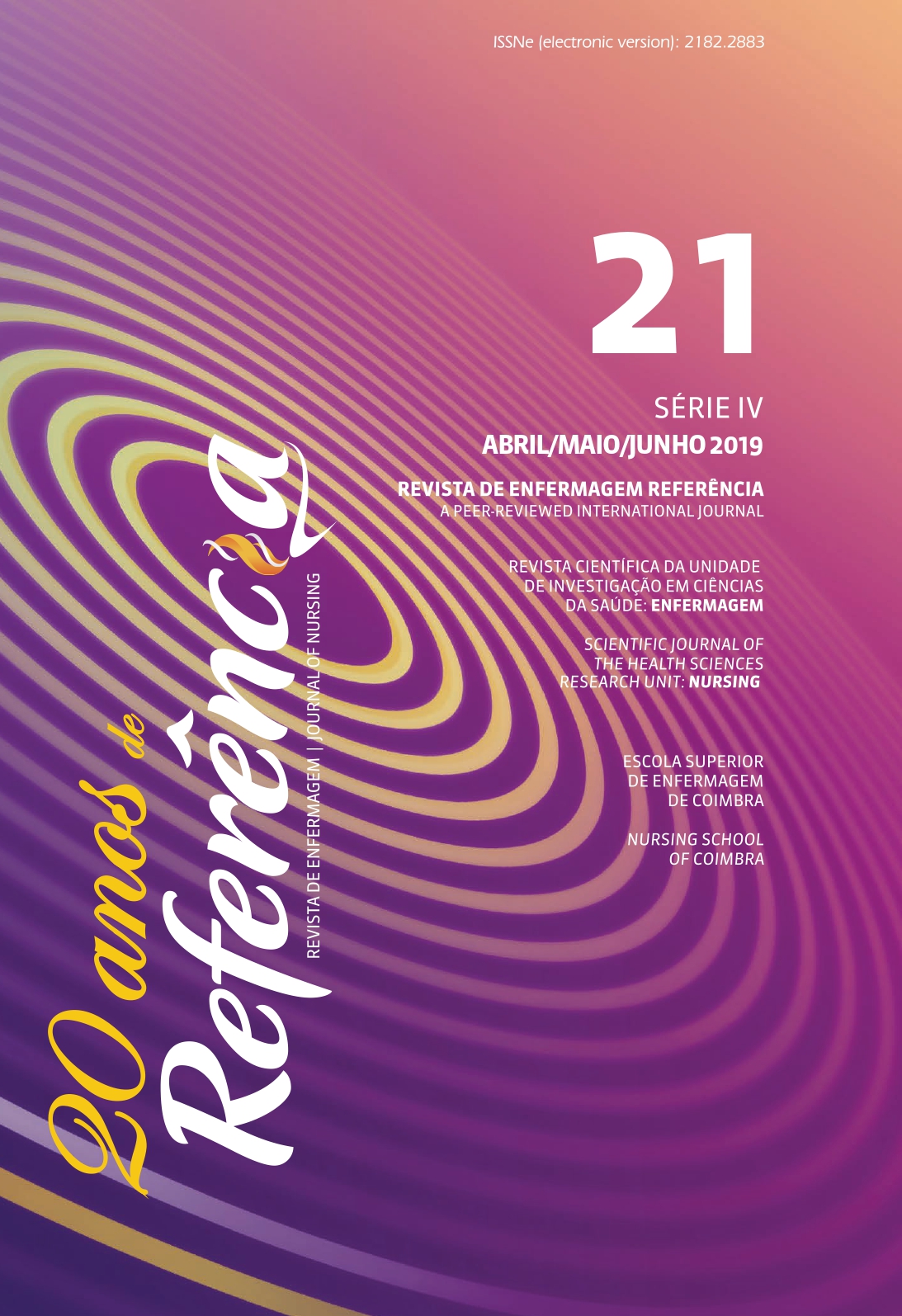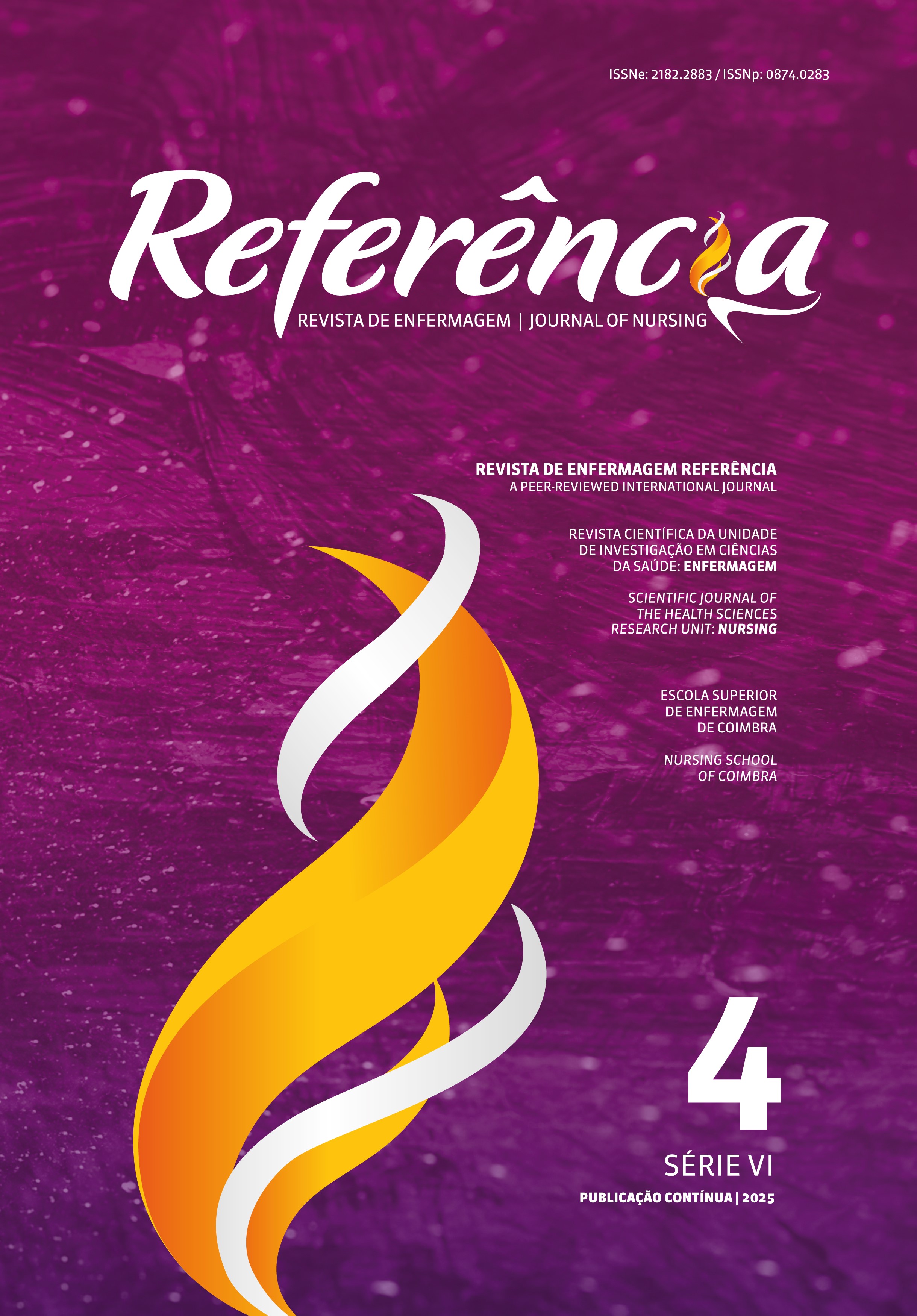Construction and psychometric validation of the Questionnaire on Patient Safety in the Operating Room
DOI:
https://doi.org/10.12707/RIV19012Keywords:
patient safety, operating rooms, validation studies, factor analysis, statisticalAbstract
Background: Improving surgical safety is one of the objectives of the National Patient Safety Plan. Assessing the perception of nurses will contribute to a greater commitment to its application.
Objectives: To construct and validate a questionnaire to evaluate patient safety in the operating room (OR).
Methodology: Methodological research study. Development of a questionnaire, submitted to a Delphi panel, and study of its psychometric characteristics in a sample of 1,001 nurses. Construct validity study carried out by exploratory factorial analysis with Varimax rotation and convergent and discriminating validity. Its reliability was assessed using Cronbach’s alpha coefficient (α).
Results: The validation by the Delphi panel resulted in a version composed of 79 items, which assess nine areas of patient safety (APS). Correlation matrices (p > 0.00) and Kaiser-Meyer-Olkin measures > 0.8 in the APS 9 ensure good adequacy of the factorial model, which groups the items into 19 dimensions with α values between 0.66 and 0.98.
Conclusion: The questionnaire meets the validity requirements, revealing the high capacity for research use.
Downloads
References
Association of Perioperative Registered Nurses. (2016). Position statement on perioperative pressure ulcer prevention
in the care of the surgical patient. AORN Journal, 104(5), 437-438. doi:10.1016/j.aorn.2016.08.011
Despacho n.º 1400-A/2015 de 10 de fevereiro. Diário da República nº 28/2015 - II Série. Ministério da Saúde. Lisboa, Portugal.
Despacho n.º 5613/2015 de 27 de maio. Diário da República nº 102/2015 - II Série. Ministério da Saúde. Lisboa, Portugal.
Direção-Geral da Saúde. (2013). Norma nº 2: Cirurgia segura, salva vidas. Lisboa, Portugal: Autor. Recuperado de https://www.dgs.pt/ms/8/pagina.aspx?codigoms=5521&back=1&codigono=02070234AAAAAAAAAAAAAAAA
Direção-Geral da Saúde. (2015). Norma nº 20: Feixe de intervenções de prevenção de infeção de local cirúrgico.
Lisboa, Portugal: Autor. Recuperado de https://www.dgs.pt/directrizes-da-dgs/normas-e-circulares-normativas/norma-n-0202015-de-15122015.aspx
Direção-Geral da Saúde. (2018). Infeções e resistências aos antimicrobianos 2018: Relatório anual do programa
prioritário. Lisboa, Portugal: Autor. Recuperado de https://www.dgs.pt/documentos-e-publicacoes/infecoes-e-resistencias-aos-antimicrobianos-2018-relatorio-anual-do-programa-prioritario.aspx
Haynes, A. B., Weiser, T. G., Berry, W. R., Lipsitz, S. R., Breizat, A. H., Dellinger, E. P., ... Merry, A. F. (2009). A surgical safety checklist to reduce morbidity and mortality in a global population. New England Journal of Medicine, 360(5), 491-449. doi:10.1056/NEJMsa0810119
Heideveld-Chevalking, A. J., Calsbeek, H., Damen, J., Gooszen, H., & Wolff, A. P. (2014). The impact of a standardized incident reporting system in the perioperative setting: A single center experience on 2,563 ‘near-misses’ and adverse events. Patient Safety in Surgery, 8(1), 46. doi:10.1186/s13037-014-0046-1
Menino, E. P., Dixe, M. D., & Louro, M. C. (2016). Construção e validação da escala de educação terapêutica
para o comportamento de autocuidado na diabetes. Revista de Enfermagem Referência, 4(8), 35-44. doi:10.12707/RIV15049
Ministério da Saúde. (2015). Avaliação da situação nacional dos blocos operatórios: Relatório final. Lisboa, Portugal: Autor.
Moreira, J. M. (2009). Questionários: Teoria e prática. Coimbra, Portugal: Almedina.
Moura, M. D., & Mendes, W. (2012). Avaliação de eventos adversos cirúrgicos em hospitais do Rio de Janeiro. Revista Brasileira de Epidemiologia,15(3), 523-535. doi:10.1590/S1415-790X2012000300007
Needleman, J., Buerhaus, P., Pankratz, V. S., Leibson, C. L., Stevens, S. R., & Harris, M. (2011). Nurse staffing
and inpatient hospital mortality. New England Journal of Medicine, 364(11), 1037-1045. doi:10.1056/NEJMsa1001025
Organização Mundial de Saúde. (2009). Orientações da OMS para cirurgia segura 2009: Cirurgia segura salva vidas. Lisboa, Portugal: Direção Geral da Saúde.
Pasquali, L. (1999). Instrumentos psicológicos: Manual prático de elaboração. Brasília, Brasil: LabPAM/ IBAPP.
Pestana, M. H., & Gageiro, J. N. (2014). Análise de dados para ciências sociais: A complementaridade do SPSS. Lisboa, Portugal: Sílabo.
Russ, S. J., Sevdalis, N., Moorthy, K., Mayer, E. K., Rout, S., Caris, J., ... Darzi, A. (2015). A qualitative evaluation of the barriers and facilitators toward implementation of the WHO surgical safety checklist across hospitals in England: Lessons from the “Surgical Checklist Implementation Project”. Annals of Surgery, 261(1), 81-91. doi:10.1097/SLA.0000000000000793
Thiels, C. A., Lal, T. M., Nienow, J. M., Pasupathy, K. S., Blocker, R. C., Aho, J. M., ... Bingener, J. (2015). Surgical never events and contributing human factors. Surgery, 158(2), 515-521. doi:10.1016/j.surg.2015.03.053
World Health Organization. (2007). WHO global report on falls prevention in older age. Recuperado de https://extranet.who.int/agefriendlyworld/wp-content/uploads/2014/06/WHo-Global-report-on-falls-prevention-in-older-age.pdf
Zegers, M., Bruijne, M. C., Keizer, B., Merten, H., Groenewegen, P. P., Wal, G., & Wagner, C. (2011). The incidence, root-causes, and outcomes of adverse events in surgical units: Implication for potential prevention strategies. Patient Safety in Surgery, 5(13). doi:10.1186/1754-9493-5-13






















